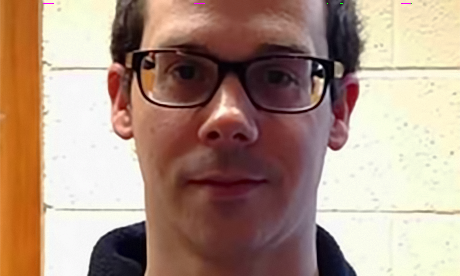Pope Francis is part of the way through his much-anticipated visit to Cuba and the US, which he is visiting for the first time.
He is following in the footsteps of his immediate predecessor, Pope Benedict XVI, who visited Cuba in 2012 and expressed his opposition to the US trade embargo.
Now Cuba and the US have dramatically thawed their relations, Francis’s visit to Cuba may well have included a behind-closed-doors push to edge the Castro regime toward greater political, economic and especially religious liberalisation.
The current pontiff has been credited as a central figure in the negotiations that ultimately restored US-Cuba relations.
Pope John Paul II had called for the lifting of the embargo, but nothing was done at the time; other religious and humanitarian organisations pressed for the ending of the US embargo but to no avail.
It was probably Obama’s decision to accept the mediation of Pope Francis that allowed the Holy See to help broker the deal.
There were plenty of incentives for both sides to accept the Holy See’s mediation.
Perhaps Obama thought he needed to piggyback on the pope’s popularity to break through; the president has mentioned Francis’s role twice, once in his December 2014 Cuba speech and again in his January 2015 State of the Union.
This is hefty stuff indeed, and a measure of the pope’s unique diplomatic position.
Quiet influence
In both Cuba and the US, Francis will have been greeted by each country’s papal ambassadors, formally called apostolic nuncios. Unlike any other religious leader, the pope can send and receive ambassadors and sign international treaties.
The nuncios, who are usually also archbishops, represent the pope to more than 180 countries and organisations.
Many would ask why the pope is allowed to send and receive ambassadors and sign international treaties at all.
Part of the answer lies in the existence of the Vatican City State, the 108-acre site in central Rome, but this is not the whole story. Continue reading
- Luke Cahill is a PhD student at the University of Bath. His thesis, “‘How many divisions has he got?’ Influence of the Holy See on US foreign policy, 1990-2003”, explores the influence of the Holy See on US foreign policy.
News category: Analysis and Comment.




